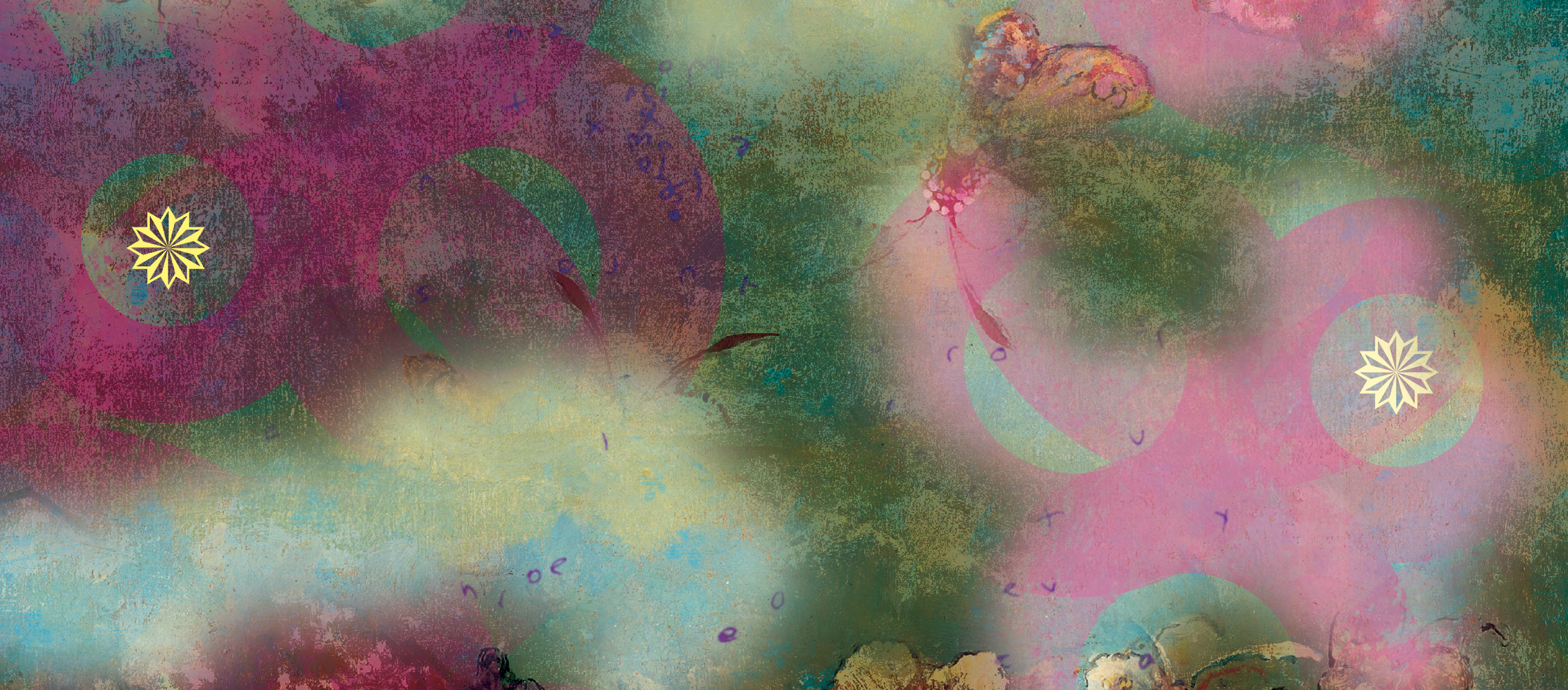- Urvi Shah
- Dec 4, 2023
- 4 min read

Marjorie Brown interacts with students at the workshop on November 28, 2023
In association with Takshila Educational Society, REWIND—The European History Teachers Association Global Alliance Project, History for Peace hosted renowned social rights and anti-Apartheid activist, and history teacher – Marjorie Brown for a workshop and talk session at Modern High School International on 28 and 29 November, 2023.
The workshop on November 28, titled, Resisting Forced Removals and Resultant Social Shifts: A Case Study, aimed to recreate the Apartheid scenario where the people of a community were forcefully removed from their own lands. 'Apartheid', an Afrikaans word meaning 'apartness', was a policy of racial segregation enforced by the government from 1948 to 1994. One of the most egregious aspects of the apartheid was the forceful removal of entire communities, particularly black clans, from their homes to designated areas known as Bantustans, assigned as their homelands. These were impoverished, overcrowded, and often inhospitable regions that further perpetuated the systemic injustice. Families were torn apart, and individuals were uprooted from their ancestral lands, disrupting centuries-old connections to the soil. Brown, who has dedicated her life to fighting racial injustice and was an integral part of the Black Sash organisation has documented human rights abuses, providing legal aid to victims, and raising international awareness about the plight of those affected by forced removals.
Brown focussed on a poignant case study that encapsulates the harrowing impact of apartheid on indigenous communities—the Mogoba tribe. Hailing from the lush landscapes of South Africa, the Mogoba people faced the brunt of forced removals during the Apartheid era. Their ancestral lands, rich with cultural significance, were stripped away as the government implemented policies that aimed to segregate and displace black communities. The Mogoba tribe's resilience and cultural identity were severely tested as they were uprooted and relocated to a designated Bantustan, disrupting their traditional way of life. Participants—in this case, high-school students were familiarized with the various roles that people in the community played—perpetrator, collaborator, bystander and resistor.
This case study serves as a microcosm of the broader injustices perpetrated against indigenous groups, highlighting the enduring struggle for autonomy, cultural preservation, and the right to exist freely within one's ancestral homeland. The Mogoba tribe's narrative underscores the profound human cost of Apartheid policies, reminding us of the lasting scars inflicted upon communities striving to maintain their heritage amidst systemic oppression.

Students engrossed in the thinking routine activities
The workshop included several interactive activities which incorporated 21st century thinking skills for the classroom, such as See, Think, Wonder—an activity that allowed students to dissect the nuances of several photographs shared through a PowerPoint presentation and understand the human impact of the Apartheid movement. Other thinking routines such as the Connect, Extend, Challenge and Circle of Viewpoints allowed the students to test their knowledge on the subject while gaining a different perspective by listening to Brown’s personal experiences on the field.
The talk on November 29, titled, Teaching History in South Africa and the Notions of Justice, attended by high school students and teachers from Calcutta, draws on Marjorie’s life experiences as a human rights activist, in the context of the Apartheid and post-Apartheid era.

Brown's talk on November 29, 2023, was attended by high-school students and teachers
In the face of injustice, courageous individuals and organizations emerged to resist Apartheid. Brown marked the year 1976 as a turning point in her life when she was exposed to youth struggle for justice. On learning about the realities of Black South Africans that were kept hidden from the White counterparts, she embarked on a journey of social activism as a student. She became a member of the Black Sash organisation, founded in 1955, which played a pivotal role in advocating for human rights and opposing discriminatory laws. Comprising mainly of white women, the organization defied societal norms and challenged the oppressive regime. Their iconic black sashes became a symbol of silent protest against the atrocities of Apartheid.
Through a discussion about Restorative Justice as propounded by the Truth and Reconciliation Commission (TRC), Restitution and Retribution of the National Prosecuting Authority (NPA), Brown assessed the social, political and economic transformation that South Africa went through, with respect to land struggles, activism, lobbying, education and social entrepreneurship. The interactions of being a history teacher, an activist, a woman and a mother enriched her experiences as well as the talk.
Conversational in tone, the talk was complemented by pertinent questions from the audience, most prominent of which was whether and how she and the other white activists were accepted by the black communities. Other queries included those on gender violence within the black community, unity amongst the displaced people, gender-based discrimination and violence within the Liberation Party and sexism towards women activists.
Such a monumental historical movement presented and seen through the human lens of intersectionality and compassion provided a new outlook to the audience. It also simultaneously highlighted the loopholes of oppressive legislation in South Africa. In the darkest corners of history, individuals like Marjorie Brown and organizations like the Black Sash stood out as beacons of hope, challenging Apartheid's oppressive grasp and working towards a future where justice and equality would prevail. Their stories remind us of the resilience of the human spirit and the power of collective action against systemic oppression.
Compiled by Irene Altaf and Ritobrita Mukherjee—students at Modern High School for Girls, and Urvi Shah.








Comments